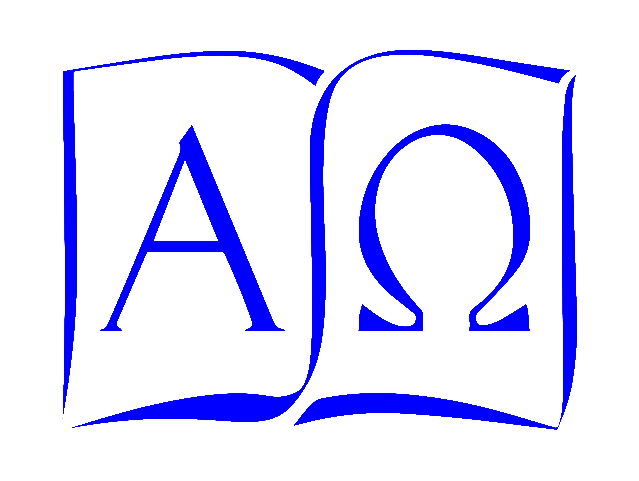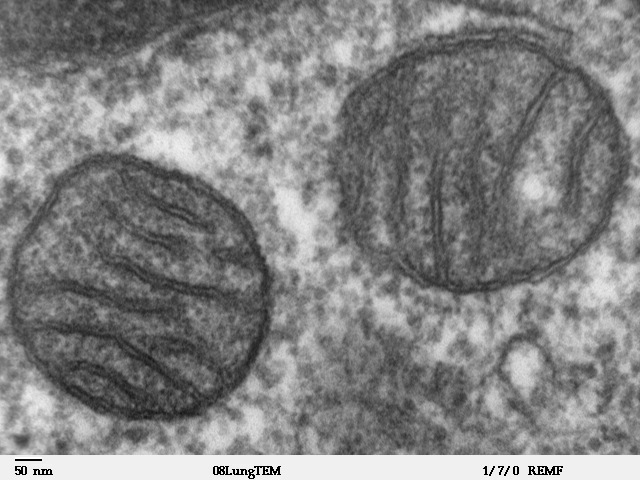One of the greatest difficulties I have as a teacher is getting a student to ask questions. In the modern classroom, asking questions means admitting ignorance, and somehow, despite the fact that the student is there to learn something he presumably doesn’t already know, not knowing has become a character or moral failing. Some students think that if they read through a text assignment, it should make instant and perfect sense, and if it doesn’t, they have somehow failed to study it correctly. The textbook has mystical properties: it is complete, it is always right, it is clear and unambiguous; reading it becomes an infallible process.
Beyond the fact that simply reading a textbook is usually not enough to master its contents, textbooks are not infallible representations of a field of knowledge. I teach both science and history, and I’ve yet to find a textbook in either subject that is truly comprehensive, clear on every point, or even correct all the time. And when a textbook doesn’t describe a point that seems obviously important, even to a novice student, it generally means that the experts in the field don’t know the answer or haven’t themselves asked the question.
We spent a period in biology recently discussing living cells and the functions of various components or organelles. One of the fascinating organelles in eukaryotic cells (the kind of cells found in single-celled protists like amoeba but also in multicellular organisms like fungi and plants and animals and humans) is the mitochondrion. This peculiar organelle has a double membrane, in contrast to the single membrane of other eukaryotic organelles. It also has its own DNA and reproduces by binary fission on its own schedule, independently of the cell’s growth and division. Its primary function is to break down the chemical bonds of nutrients like carbohydrates and simple fats through chemical reactions so that they become simpler molecules with lower energy bonds, thus releasing energy which the mitochondrion stores in the special bonds of the adenosine triphosphate (ATP) molecule so that other organelles can use it for their own purposes.
Given the double membrane, self-contained DNA, and self-reproduction traits, many biologists have come to believe that mitochondria were originally independent bacteria-like cells that were captured by larger cells but not consumed as food. Rather, the host cell provided glucose and other nutrients to the mitochondrion, and the mitochondrion provided energy in the form of ATP to its host, a mutually symbiotic relationship. Over time, this relationship developed into one that is mutually dependent: most eukaryotic animal cells can’t survive without their mitochondria, and mitochondria need the nutrients supplied by the host cell.
One of my students raised the not unreasonable question: were there any mitochondria still in the wild, any that had never been captured but continued to reproduce in kind? A quick search of available literature disclosed no evidence of mitochondria-like bacteria living on their own outside a host, but it did reveal that recent research — studies published in 2020 — described mitochondria in human blood plasma, definitely outside the cells of human tissue. As yet, researchers haven’t figured out how they got there, or what they are doing there.
I’ve taught biology for nearly three decades, and it never occurred to me to question the assumption that mitochondria were cell components, with no life apart from the cell. As it turns out, it didn’t occur to cell researchers to do so either. The discovery of mitochondria in the human bloodstream was an accident, made only in the last ten years by oncologists looking for cancer-cell DNA in the blood that might account for hitherto undetected pathways for metastatic cancers.
But it occurred to my student to ask the question, to test the unstated assumption of the text that just because we find mitochondria in eukaryotic cells, they shouldn’t exist outside these cells. It turns out the assumption is wrong, and there’s a whole new area of research developing now that is devoted to learning how cell-free mitochondria survive and function, and the implications this may have for human health.
We often tout critical analysis as a fundamental skill essential to classical education. Critical analysis is about asking questions, especially questions about the assumptions, implicit or explicit, that we make as we try to absorb and classify the new concepts and information we encounter in our studies. Testing those assumptions is crucial to making what we are learning truly our own: not just to memorize it but to determine its validity, test its applications, and to fit it into the framework of our own knowledge and values.
And sometimes we discover that our own assumptions are invalid, and based on bad data or mistaken conclusions. Then we need to reformulate our assumptions to handle the new indisputable truth we have discovered, an exercise that renews our minds, fills our imaginations with wonder, and frees us to explore new possibilities.

